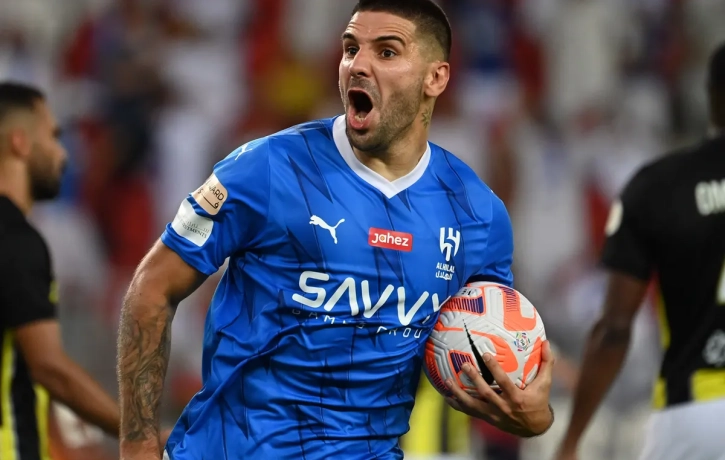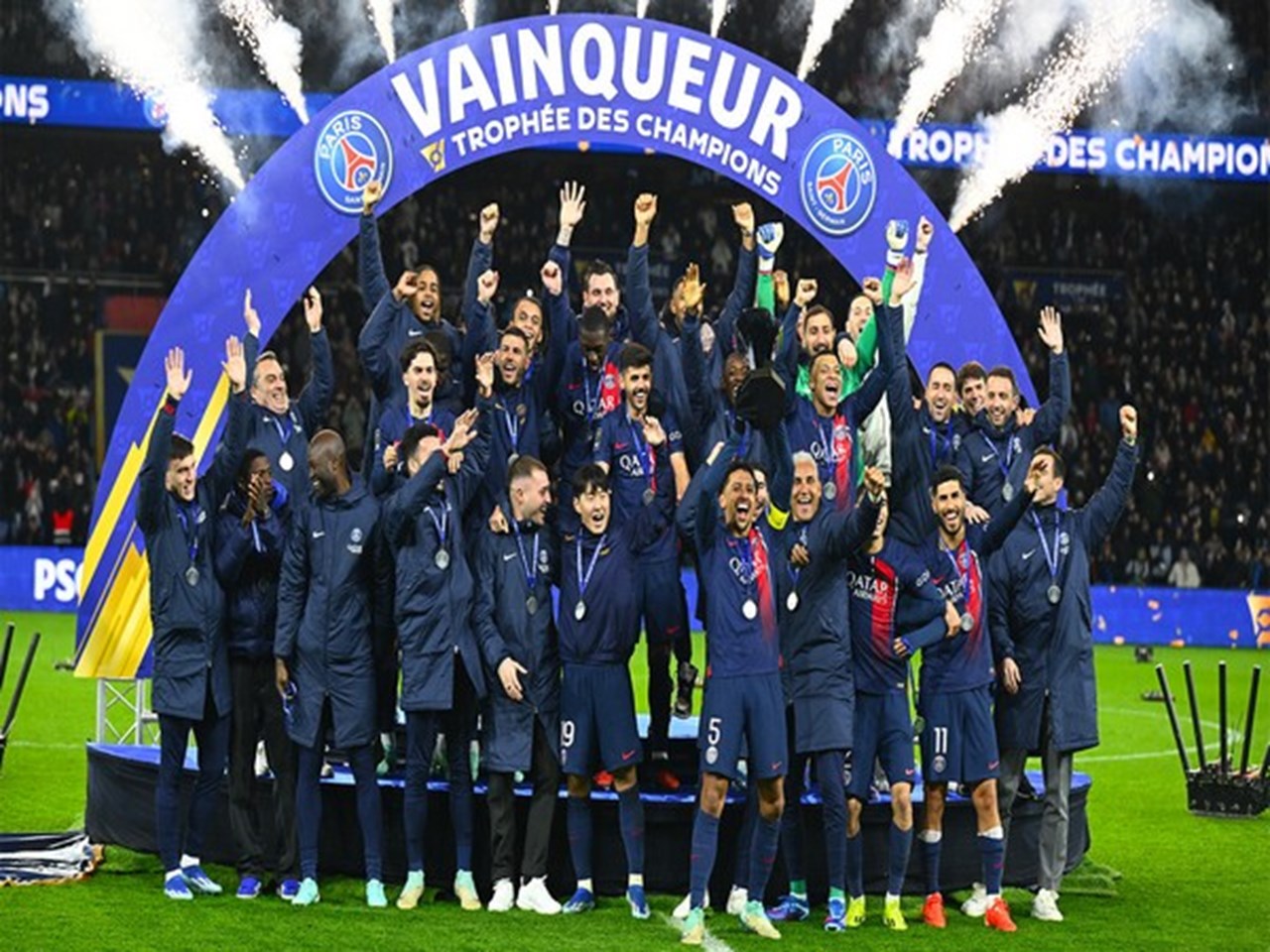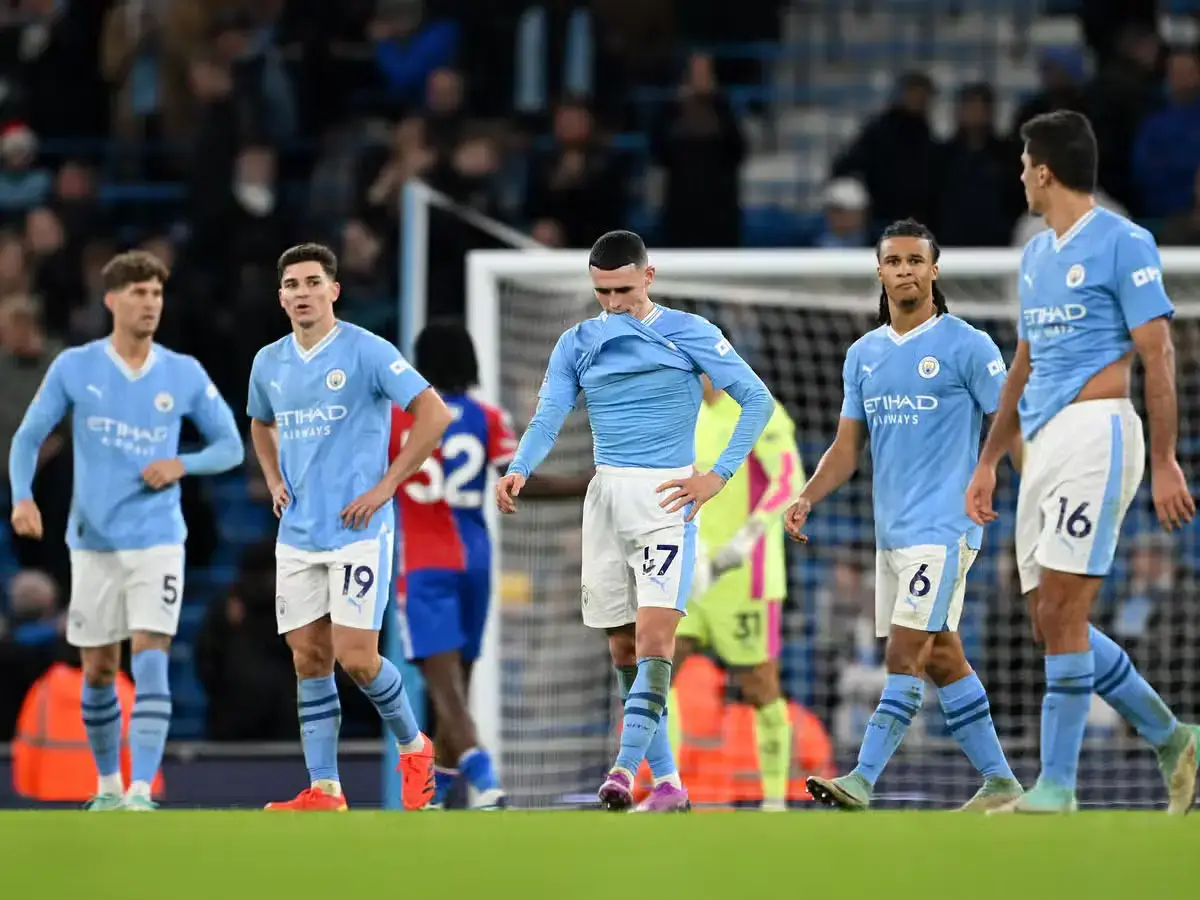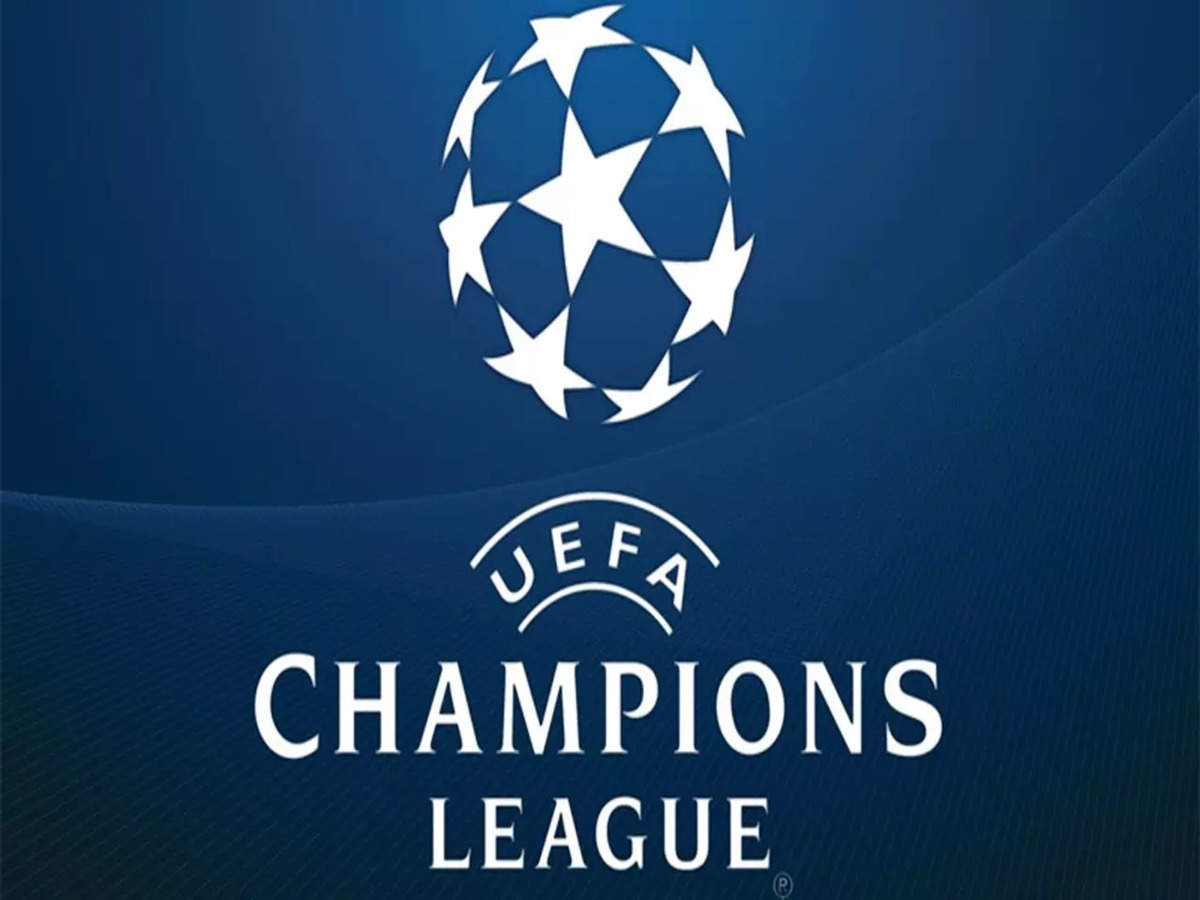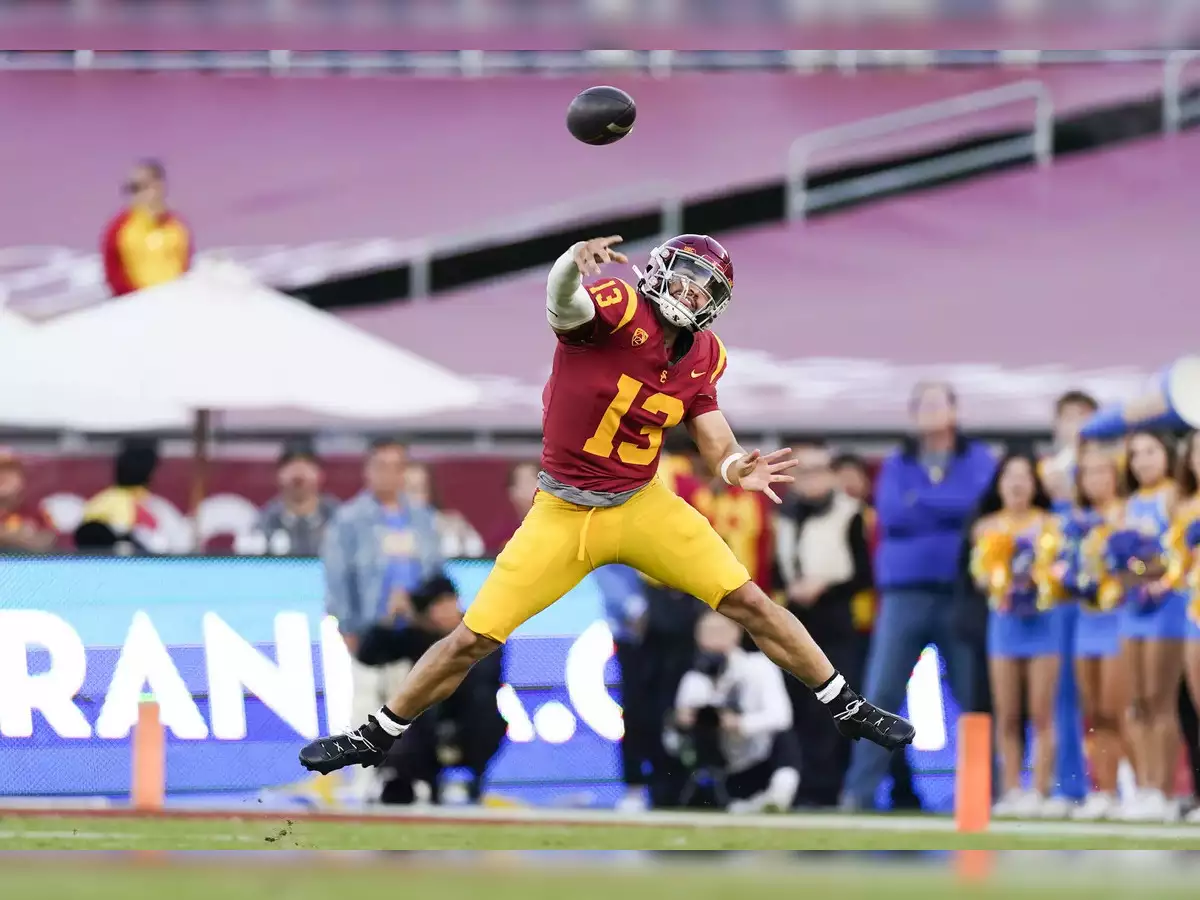Introduction
Saudi Pro League (SPL), The elite football league in Saudi Arabia, or the Roshn Saudi League (RSL) for sponsorship purposes. It was founded in 1976 and ran as a round-robin competition until 1990, when it combined with the King’s Cup to become a knockout event. In 2007, the round-robin format was reinstated. With clubs like Al-Hilal, Al-Shabab, Al-Ittihad, and Al-Nassr experiencing notable success, the league is highly regarded in Asia. As part of the Saudi Vision 2030 initiative, it attracted interest from throughout the world in 2023 when it signed elite players from Europe and Saudi Arabia’s Public Investment Fund bought significant shares in four of the best clubs.

